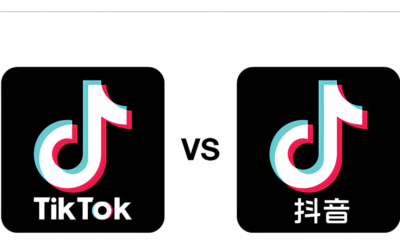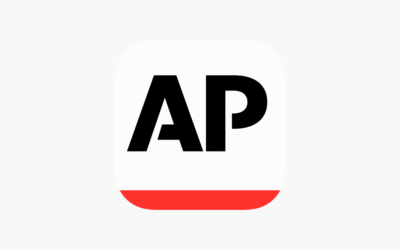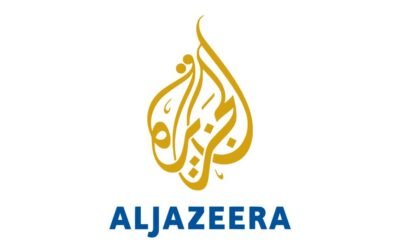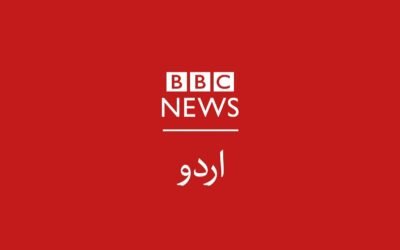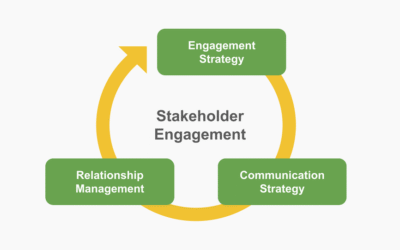From the Cold War to the modern digital era, the media has served as a powerful tool for shaping how nations see America. These efforts have helped the U.S. spread its messages and influence politics around the world. Below are significant cases of how America used media strategically, and what lessons we can draw from them today.
You May Like To Read: Regulating the Infoscape: PECA, PTA, and Legal Responses to Information Warfare (IW16)
1. Cold War: Voice of America and Radio Free Europe
During the Cold War, the United States set up media outlets like Voice of America (VOA) and Radio Free Europe/Radio Liberty (RFE/RL). These services broadcast news about freedom and democracy to countries behind the Iron Curtain. Many people in the Soviet bloc tuned in secretly to VOA broadcasts. This gave them a window into the outside world and a sense of hope.
VOA aimed to be objective, yet it worked at the same time to spread U.S. ideas. As one historian said, success was measured by how many letters came back from listeners. In effect, U.S. broadcasts helped shape public opinion in Europe and Asia during the Cold War.
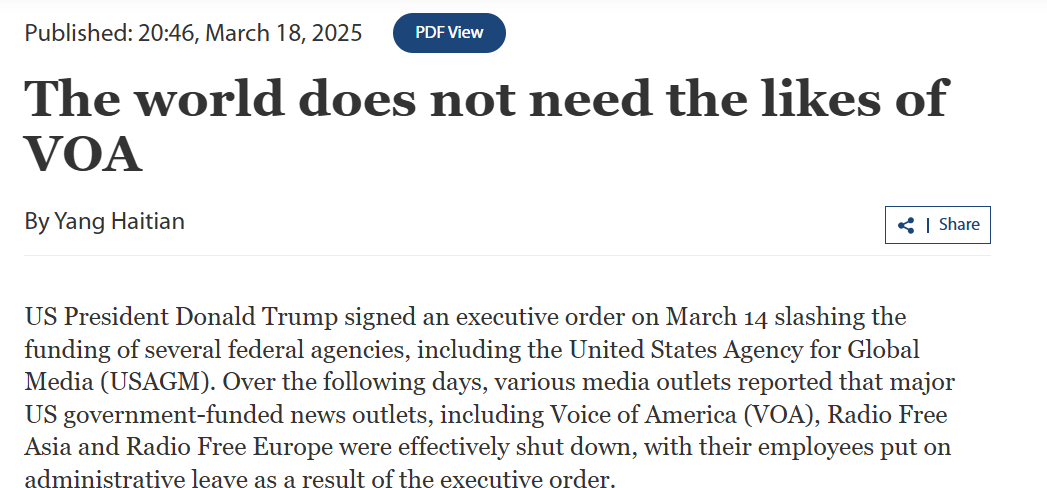
Image Credit: China Daily HK
2. Iraq War: The WMD Narrative
In 2003, when the U.S. launched its war on Iraq, the media repeated government claims that Saddam Hussein had “weapons of mass destruction” (WMDs). Journalists often broadcast these claims without fully checking them. Later, a Senate report showed that many of these claims were not backed by solid intelligence.
Major newspapers like The New York Times ran stories that relied on questionable sources. One well-known journalist, Judith Miller, based her WMD reporting on Iraqi defectors tied to political groups. This coverage helped justify the invasion.
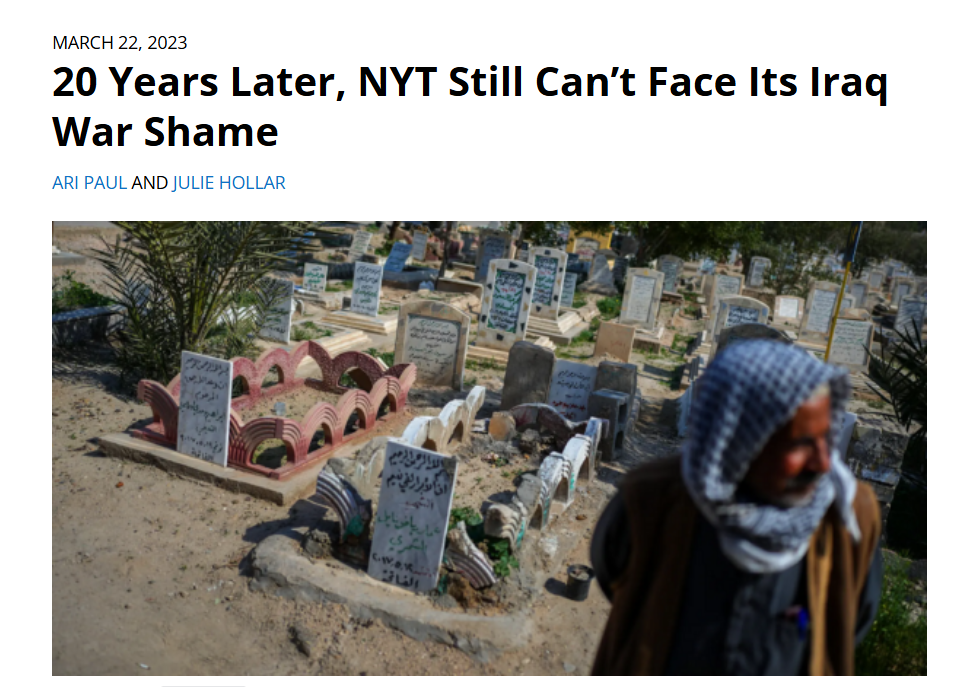
Image Credit: Fair.org
3. War on Terror: Afghanistan Coverage
After 9/11, the media framed the war in Afghanistan as a fight between freedom and terrorism. U.S. outlets favored stories that showed American troops as defenders. Coverage of civilian suffering was often minimized. This helped maintain public support for the war for nearly two decades.

Image: Our Reporter Returned to Afghanistan, Seeking Lessons and Secrets| NYT

Image: Our Reporter Returned to Afghanistan, Seeking Lessons and Secrets| NYT
4. Latin America: Anti-Socialist Messaging
In countries like Cuba and Venezuela, U.S. media portrayed socialist governments as oppressive, while downplaying the impact of U.S. sanctions. Often, what made these states’ economies falter wasn’t mentioned, creating a one-sided story that fed U.S. political interests.
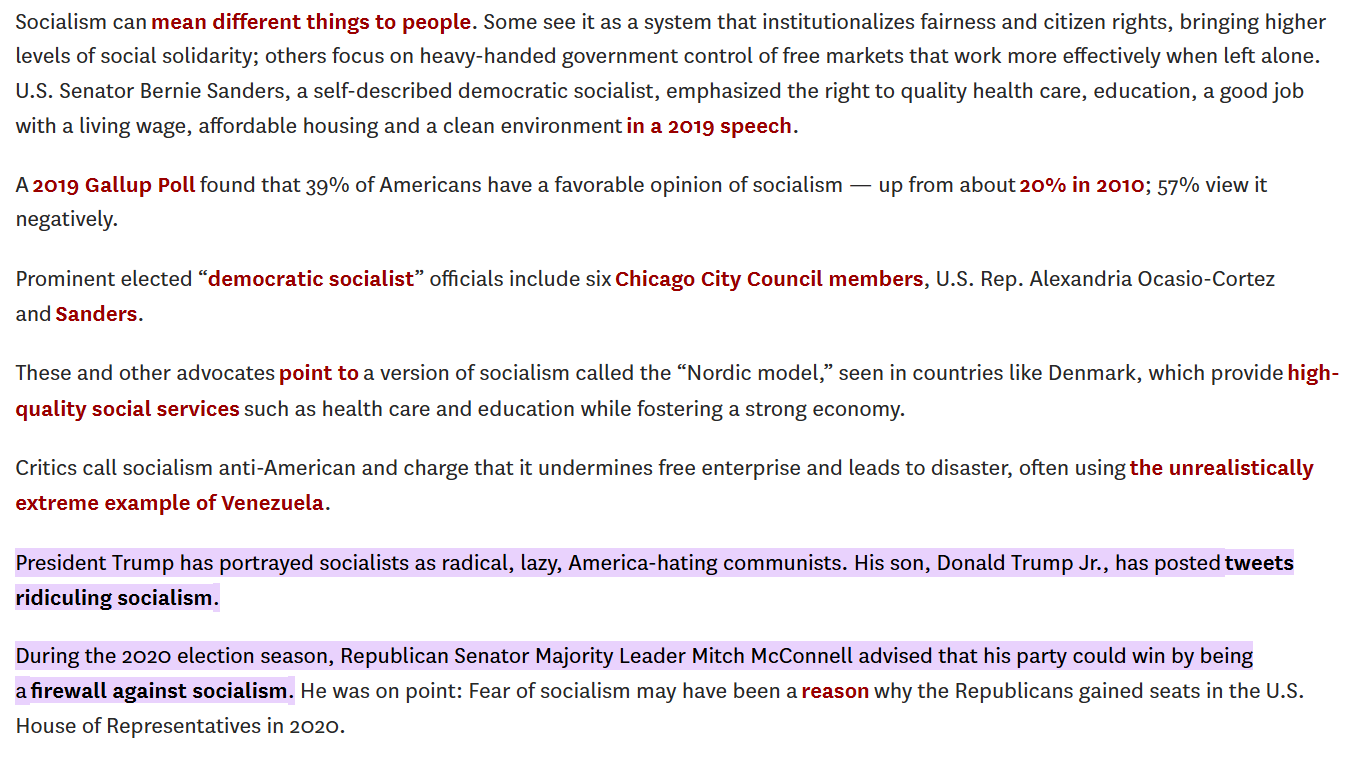
Image Credit: USC ANNENBURG: School of Communication and Journalism
5. Iran and Media Framing
In reporting on Iran, U.S. criticism focused on nuclear threats, terrorism, and anti-American statements. Domestic protests or differing public opinions inside Iran were rarely highlighted. This narrative supports continued U.S. pressure and sanctions.

Image Credit: How terrorism helps — and hurts — Iran| Daniel L. Byman|Bookings EDU
Today, media efforts go online. In places like Eastern Europe and the Middle East, U.S.-based media outlets and sponsored accounts spread pro-American messages. These digital campaigns work like coordinated influence operations. They often appear as independent voices but aim to shape perceptions according to U.S. interests.
Ironically, recent U.S. leaders have cut funding for key media programs. Agencies that once promoted American values worldwide, like Voice of America and Radio Free Asia, have been defunded or restructured. This has weakened U.S. messaging and opened opportunities for authoritarian media to fill the gap.
Patterns in U.S. Media Strategy
| Theme | How It Appeared in the Media |
|---|---|
| Broadcasting Ideals | VOA and RFE shared democracy narratives |
| War Justification | WMD claims in the Iraq civil war |
| Patriotism in Reporting | Afghan coverage post-9/11 |
| Political Framing | Latin America, Iran |
| Digital Influence | Coordinated social media campaigns |
| Retreat from Global Reach | Cuts to VOA and other media platforms |
What does This Means Today?
Media can sway how the world sees America—and how Americans see the world. Positive messages about freedom and democracy can uplift global partners. But unchecked self-interest, overly biased reporting, or government-driven narratives can harm credibility.
The digital age brings a new risk: audiences may not know who is behind messages. Sponsored posts, bots, and deepfakes can look like genuine news. This makes media literacy more vital than ever.
How can we respond?
- Teach media literacy — Everyone should learn to question headlines online.
- Support independent journalism — Balanced reporting is the best defense against propaganda.
- Promote transparency — Media outlets, including state-funded ones, must publish how they are funded and who sponsors them.
- Hold governments accountable — Nations must not let elected leaders reframe truth for political gain.
America’s use of media has deep roots, from Cold War radio to modern social platforms. Media can help promote democracy, but it can also become a weapon of power. Truth demands that we listen to many voices, check facts, and stay informed.
In every era, from the Iron Curtain to the web, we must ensure the media remains a source of truth, not a tool of control.
You May Like To Read: International Media Bias: How to Strengthen Pakistan’s Global Voice



